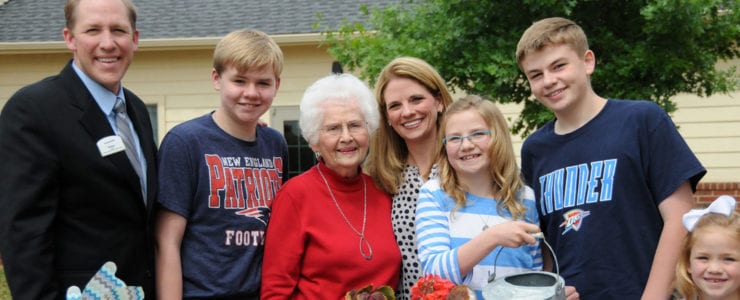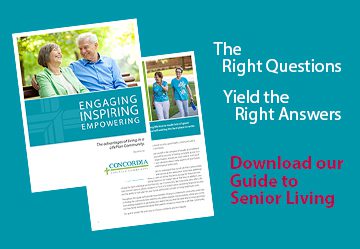
The Stages of Caregiving
Becoming a Family Caregiver
Too often, our aging loved ones believe that aging in place means living in their homes indefinitely. This can lead to the need for in-home health care after independent living is no longer viable, or in many instances, a family member ends up being the primary caregiver. Sometimes the transition is gradual; the adult child will begin helping an aging loved one with some everyday tasks around the home, like housekeeping or driving to appointments. Or, a sudden illness or injury will lead you into a caregiving role. No matter how you find yourself becoming a family caregiver, the journey you’ll follow is similar.
A Family Caregiver’s Journey
Family members can often be subjected to caregiver stress at certain points throughout your role. While caregiving can be a rewarding experience for both the caregiver and the elder alike, as a caregiver, you will face distinct issues and concerns. Knowing a bit about the road ahead of you will help you better prepare for the future, as well as allow you to provide the best care possible for your loved one.
These common stages of caregiving have been identified by researchers:
Stage One – Acceptance
The first stage of becoming a family caregiver begins when you start to notice a decline in your loved one’s health. You realize that he or she will be relying on your assistance, so it’s time to accept your role and start educating yourself. Gather as much information as you can about your loved one’s medical conditions, get financial and legal documents in order, and discuss future wishes.
Stage Two – Finding Support
At around six months into your caregiving journey, you’ll likely need to seek support from others, whether you turn to additional family members or healthcare professionals. Start researching options for senior care, like assisted living, skilled nursing or in-home care to help alleviate some of the pressures you might be experiencing. Respite care services can also give you a break from caregiving duties, allowing you a chance to attend to your own health, run errands, or simply enjoy lunch with a friend.
Stage Three – Burnout Prevention
Family caregivers often become so entrenched in caregiving duties that you begin to experience caregiver stress, or caregiver burnout. The tasks you have to perform daily, along with watching the decline in your loved one’s health, can negatively affect your own physical, mental and emotional health. At this stage, it’s important to seek assistance from professionals if you haven’t already, or look for respite services to ensure the best quality of life not only for your loved one, but for yourself, too.
Stage Four – Relinquishing Your Role
In the final stage of caregiving, your role as a caregiver has ended. Your loved one is now in the hands of professionals, and you’re finalizing the end of life plans you set in place. Many family caregivers begin the grieving process at this point, but it’s important to also look back and reflect on the happy memories you share.
Senior Living Communities Make Life Easier for Family Caregivers
Today, more and more seniors are recognizing the value of moving into a senior living community before your health begins to decline. Senior living communities can provide peace of mind for the elder, as well as for the family members who might be concerned about an aging loved one’s future. Seniors can move into the community while you are still active and healthy, knowing that should your needs change, supportive services are offered to ensure you are receiving the right amount of care, right when you need it, and taking the burden off any potential family caregivers.
Contact Concordia today to learn more about our available residences and how we are the right choice for your needs, now and in the future.
Caregiving

